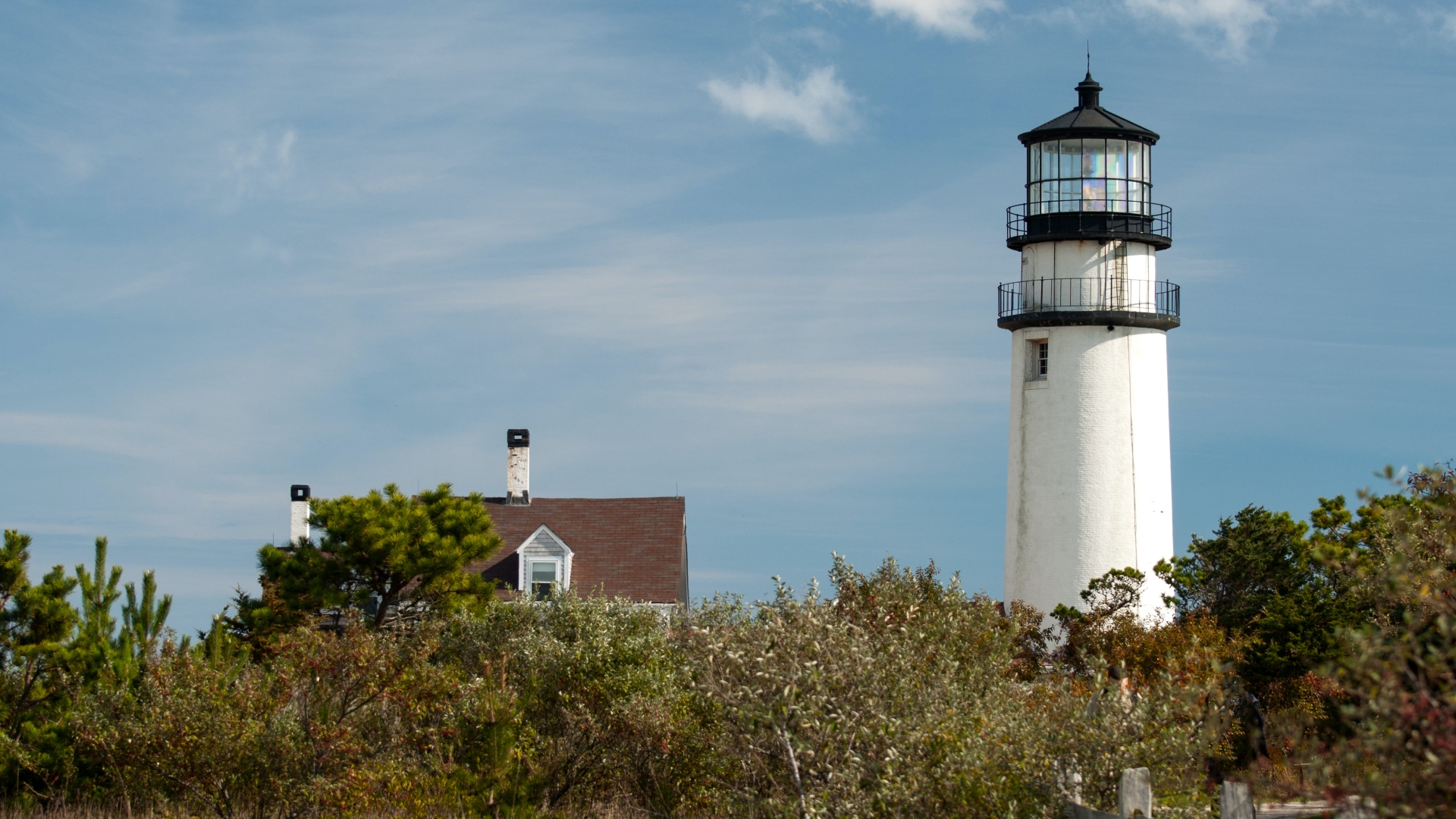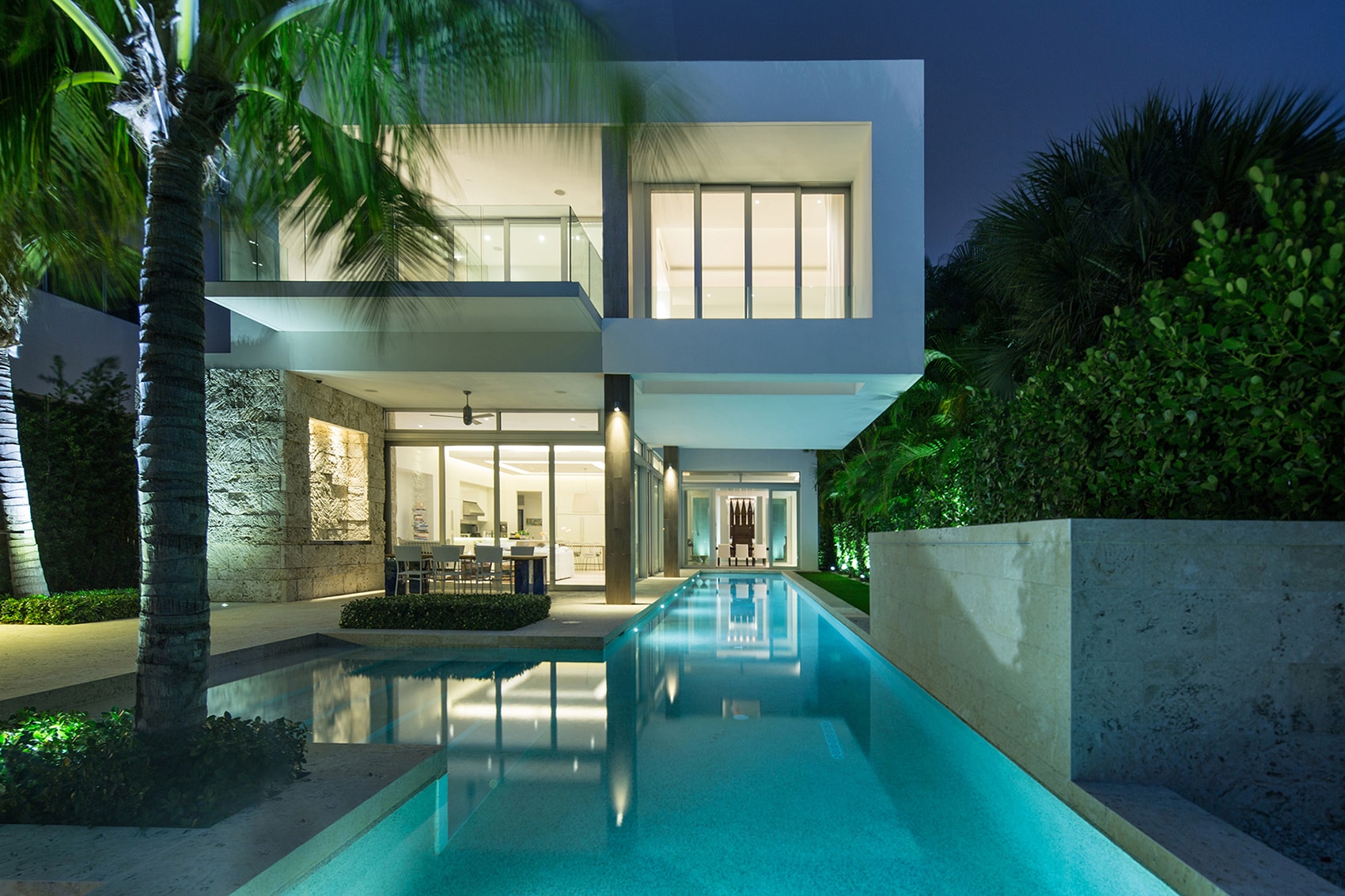For the first topic and opening of LTAMH series I decided to pick something basic, fundamental and kind of appropriate for the initial article; exemplify what “modern” homes are and in what way they are different from other home types. I want to give it some thought and define the term “modern home” since this whole project actually revolves around modern homes and modern design. So let’s start.
The fact is, today we hear and read a lot about modern; there’s modern architecture, modern interior design, modern furniture, modern houses, modern apartments, modern doors, modern door knobs, modern locks and even modern door viewers or peepholes, if you will! Everything seems to be “modern” these days. There’s also term “contemporary” thrown around which, as I hear, often confuses a lot of people who are just starting their home planning journey and who haven’t had much contact with the architecture and design so far. To be honest, until recently, I myself haven’t been 100% clear what’s the actual difference between “modern” and “contemporary”. That’s when it occurred to me; we should definitely have some sort of a home design style guide here on Architecture Beast.
While the guide is in the making (it should be published this month), let’s use this opportunity to take a quick overview of modern design/style/decor.
What is modern design?
While many people think that modern equals the latest, believe it or not, modern design is not so “modern” at all. In fact, it all started during the late 19th and early 20th centuries with the rise of philosophical movement called “Modernism”. In short – followed by the horrors of World War I and the development of modern industrial societies, “modern thinking” become all about rejecting the certainty of Enlightenment thinking and religious belief. Instead, people became more self-conscious and started pushing the boundaries, both culturally and creatively. This, of course, reflected on architecture and design as well.
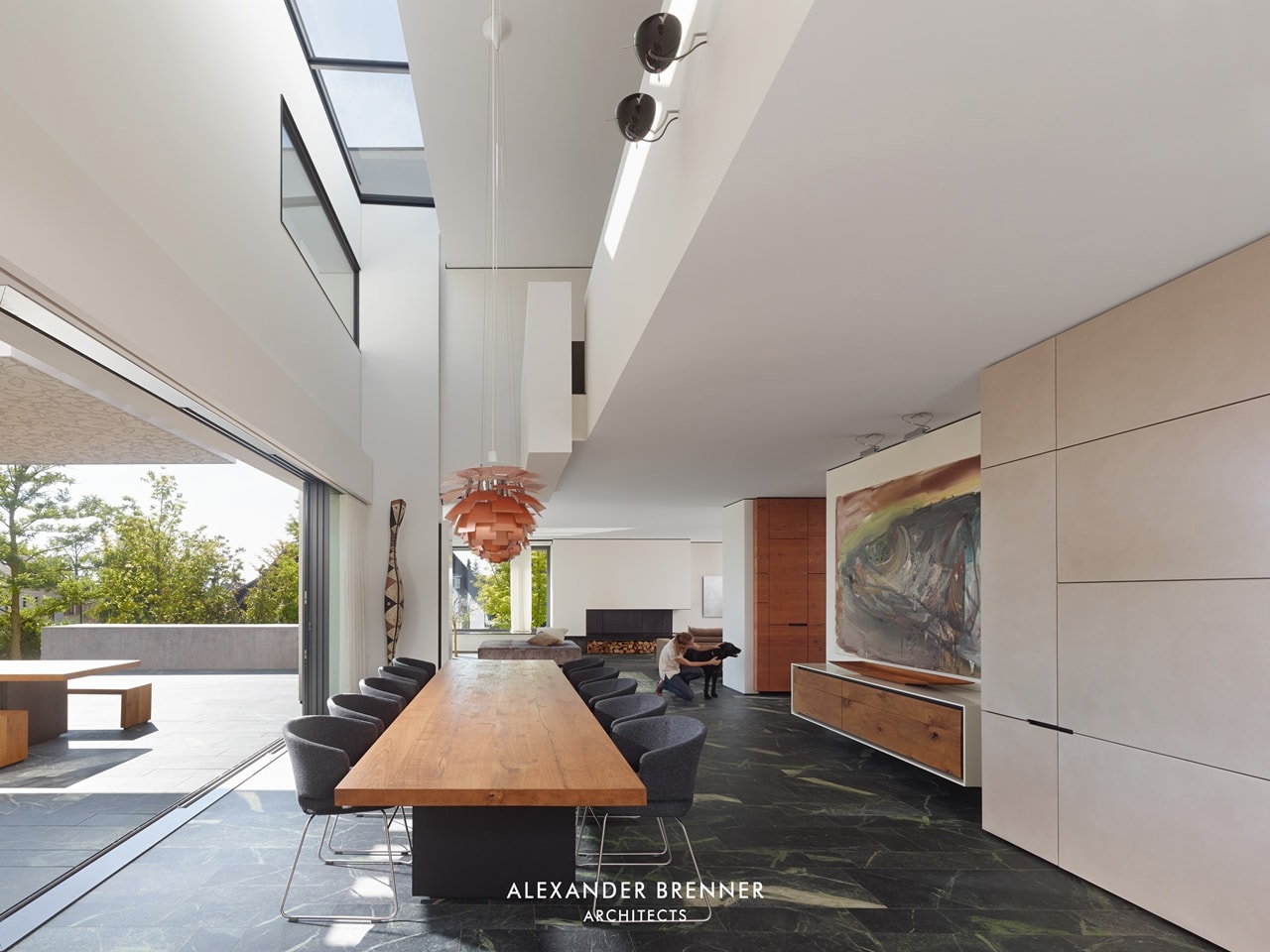
Ornate flourishes of older design styles, such as Gothic, Renaissance and Victorian became a thing of past. Modern design was all about simplicity, decluttering, elimination of unnecessary detailing. The main guidance was that “form follows function”. Modern design introduced fewer curves, more straight lines and reflective surfaces such as steel, chrome or glass. Not to mention fewer walls and open concept floor plan as one of the most recognizable characteristics of modern interior design.
While many experts argue how to define the exact period, most will agree that the golden period of modern design dates from early 1920s to late 1950s. That’s why you might also hear the terms “mid-century modern” and “retro” when referring to actual modern design.
So, as it turns out, modern design is in fact almost 100 years old. What about architecture and design that’s created now, that is actually latest? This is how the term “contemporary” came to life.
Modern design is considered to be defined style that refers to a period of time – late 19th century to mid 20th century, while contemporary design is considered to be everything that is popular or used right now, in the present.

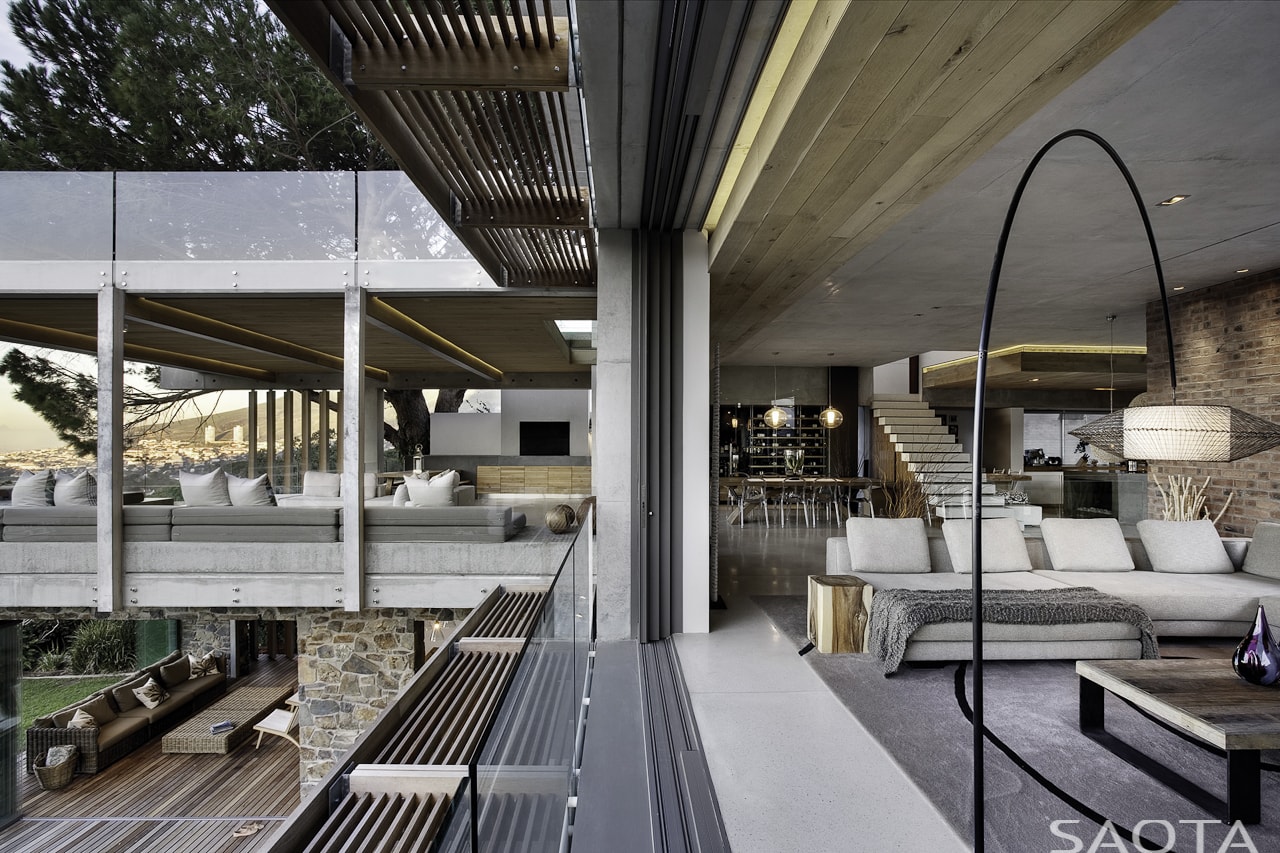
Does that mean the period of contemporary design will basically never end? Yes, it appears so. Does that mean contemporary will mean something else 50 years from now? Most likely. If “mid-century modern” is popular and used now, is it still modern or is it contemporary? Contemporary design might include elements from mid-century modern/retro, it might include elements from any other style as well, for example caged lighting from industrial design or white furniture without the knobs from minimalist design – this “element borrowing” is probably one of the most recognizable characteristics of contemporary design. A few other characteristics that define current contemporary design are; textures, patterns, more curves, exposed concrete, unpainted wood and textile.
I’m sure that trained designer eye would spot what’s modern and what’s contemporary right away while others would still need some help and guidance. Don’t worry, we’ll talk more about interior design styles and characteristics of each in our guide.
Modern home is…
Now that you’ve been briefly introduced to the actual “modern” and “contemporary”, let’s go back to the original topic of these articles to follow – what is the definition of “modern home”? How to describe it?
Speaking strictly technically, if you ask an architect or interior designer, modern home would be;
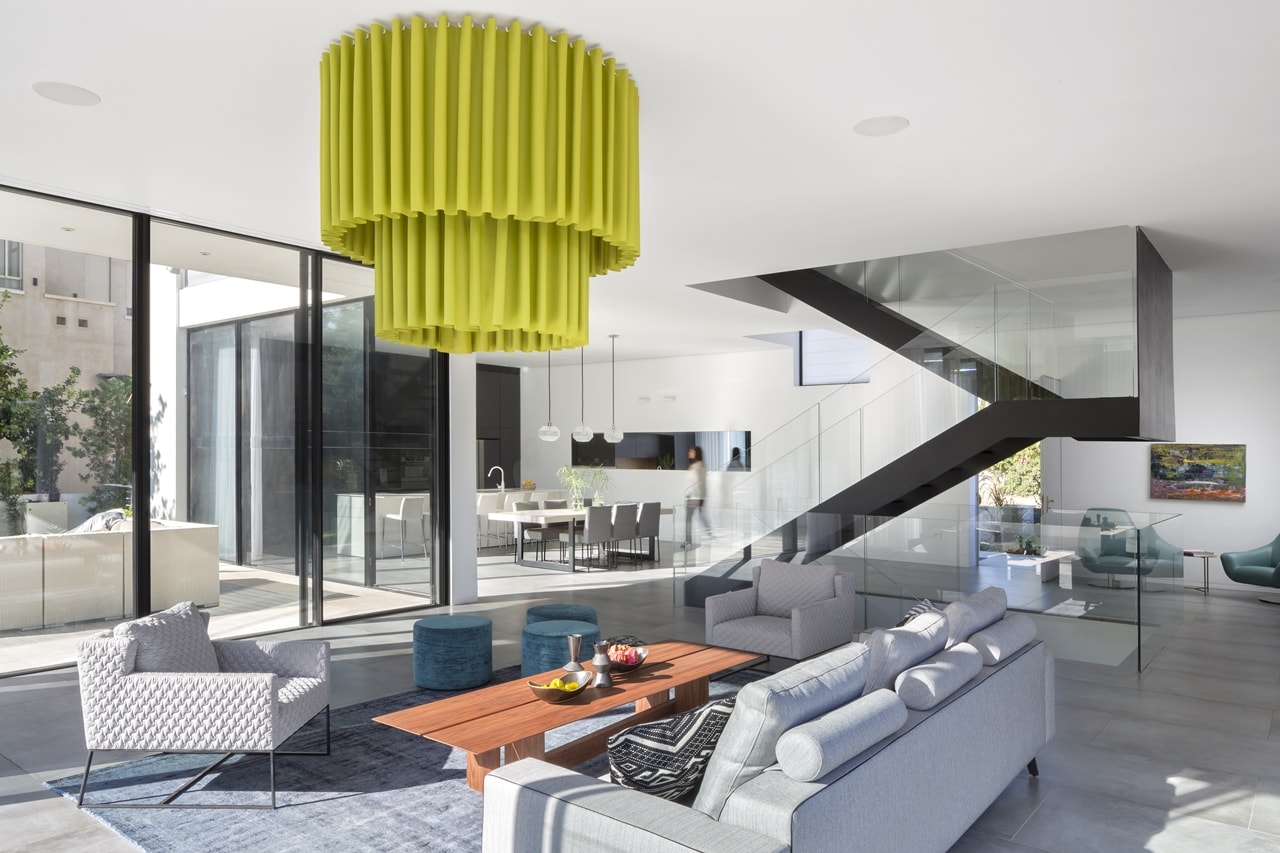
a residence whose exterior is defined by the clean straight lines, flat roof and large windows. Interior design would feature neutral colors, often monochrome palette with one accent color. Open concept floor plan and large windows would make it well lit. Straight lines would define interiors as well, especially furniture which would also be lifted from the floor in order to make the airy feeling. Speaking of materials, there would be some exposed concrete, steel, plastic and wood while furniture would feature polished materials like chrome and glass.
If you ask me, I think that definition of modern is quite clear. But what most people around us usually mean by “modern” is in fact “current contemporary” and current phase of contemporary design is not so simple to define. But let’s give it a go.
In the last few years we can see a few styles being popular and making the biggest impact on architecture, interior design, furniture and products;
- Mid-century modern
- Minimalist
- Industrial
- Scandinavian
I would say that combination of those styles is in fact definition of current contemporary style home;
a residence with elements of mostly mid-century modern, minimalist, scandinavian and industrial designs with an occasional influence of any other style. That means a house or apartment with an open concept floor plan, maximum usage of large frameless windows and sliding glass walls. Decluttered living space where floor plan is defined by the famous “form follows function” rule and neutral/earthy colors that create calm and peaceful atmosphere. Colorful art or furniture pieces from any other style are used as the focal points. Minimalist furniture blends with the space and my favorite part – latest technology which takes living experience to the next level.
There’s actually one home that kind of perfectly represents what I see as a definition of contemporary home – LB House by Sachar and Rozenfeld Architects. I can’t help but to assume that living in such masterpiece must be an incredible experience.
With that being said, as you might know, our mission here on Architecture Beast is to promote modern living. I decided to stick with “modern” as a description (even though it’s actually closer to “contemporary”) simply because most of the projects we publish here are influenced by the mid-century modern design. The second reason is to make it easier for all new people to understand what Architecture Beast brand is about.
So my definition of “modern” home would be;
a residence with mid-century modern design as the base, and combination of minimalist, scandinavian and industrial designs and of course latest technology for the full contemporary experience.
And with this, I would like to finish this article. I hope you now have a clearer picture (if you haven’t until now) about what modern home actually means and that you learned the key difference between modern and contemporary. If not, more helpful guide is coming out soon. I would also like to hear your opinion; how would you describe modern home? What did you assume modern home was until now? Feel free to leave a comment down below! 🙂





